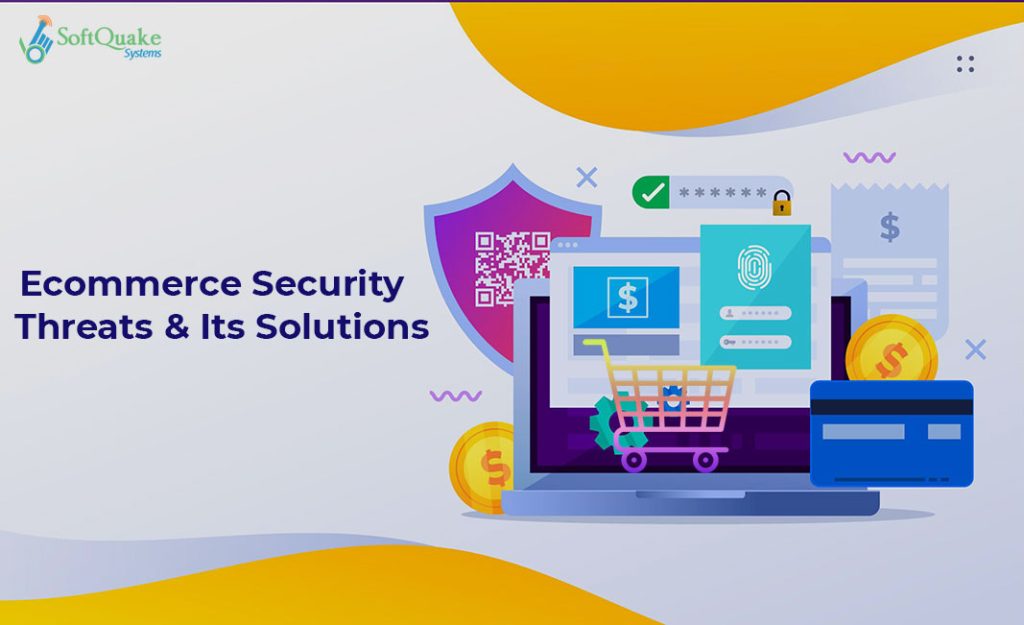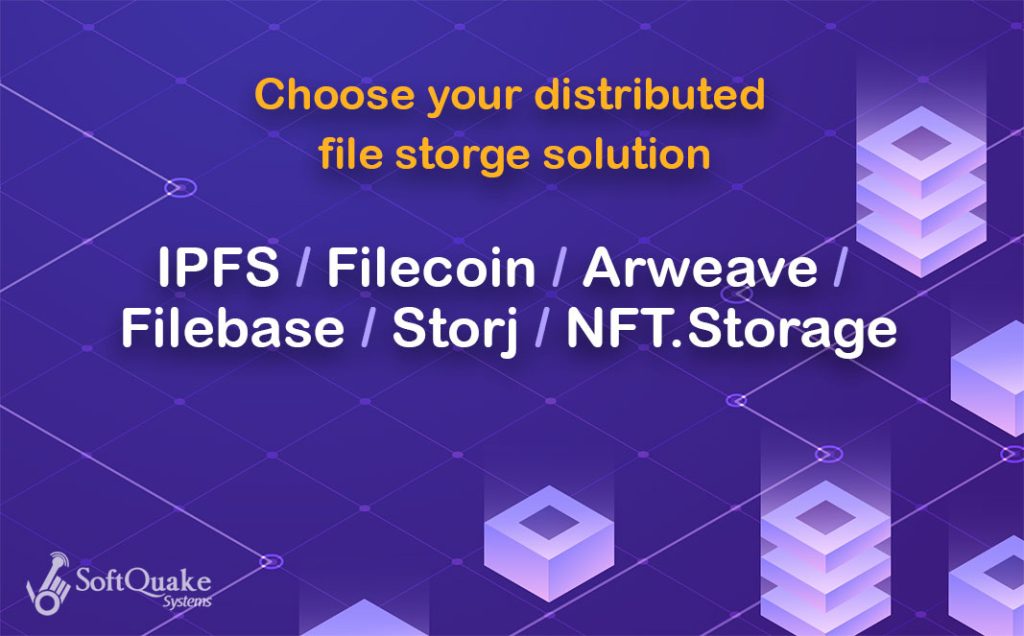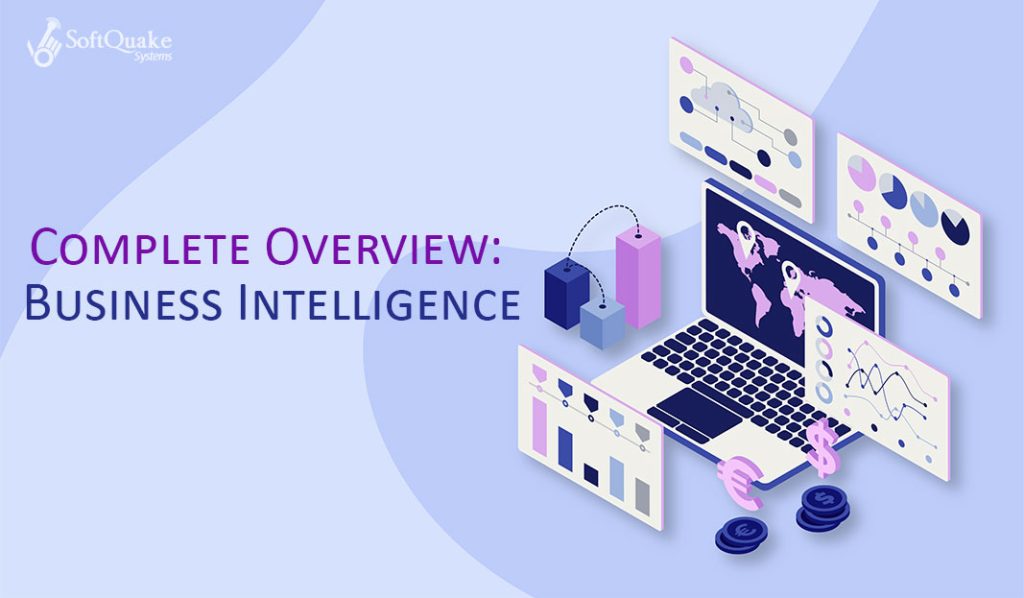Blockchain technology has the potential to significantly reshape the financial industry by offering increased security, transparency, and efficiency. Here’s a breakdown of how it works in finance:
What is Blockchain in Finance?
Blockchain acts as a secure, shared public ledger that records transactions. Instead of relying on a central authority like a bank, everyone on the network has a copy of the ledger, making it tamper-proof. This fosters trust and eliminates the need for intermediaries in many financial processes.
How is Blockchain Used in Finance?
- Streamlined Payments and Settlements: Blockchain can significantly speed up transactions, reducing settlement times from days to minutes or even seconds. This applies to international payments, security settlements, and trade finance.
- Smart Contracts: These self-executing contracts eliminate the need for middlemen by automatically triggering actions when pre-defined conditions are met. This can be used for loan approvals, insurance payouts, and escrow services.
- Increased Efficiency: Blockchain can automate many manual processes in finance, reducing paperwork, errors, and operational costs for institutions.
- Enhanced Security: The decentralized nature of blockchain makes it highly resistant to fraud and cyberattacks. Every transaction is encrypted and visible to everyone on the network, making alterations nearly impossible.
The Future of Blockchain in Finance
While still in its early stages, blockchain holds immense potential to transform financial services. Here are some possibilities:
- New Financial Products: Blockchain could pave the way for innovative financial products like fractional ownership of assets and new investment opportunities.
- Financial Inclusion: Blockchain can provide secure and affordable financial services to underbanked populations around the world.
- Regulatory Landscape: Regulations around blockchain are still evolving, but governments and financial institutions are actively collaborating to develop frameworks that promote innovation while mitigating risks.
Challenges and Considerations
- Scalability: Current blockchain platforms can struggle to handle large volumes of transactions.
- Integration: Integrating blockchain with existing financial systems can be complex and time-consuming.
- Security: While secure, vulnerabilities in specific blockchain applications or user errors can still pose risks.


 +91 8420731759
+91 8420731759















